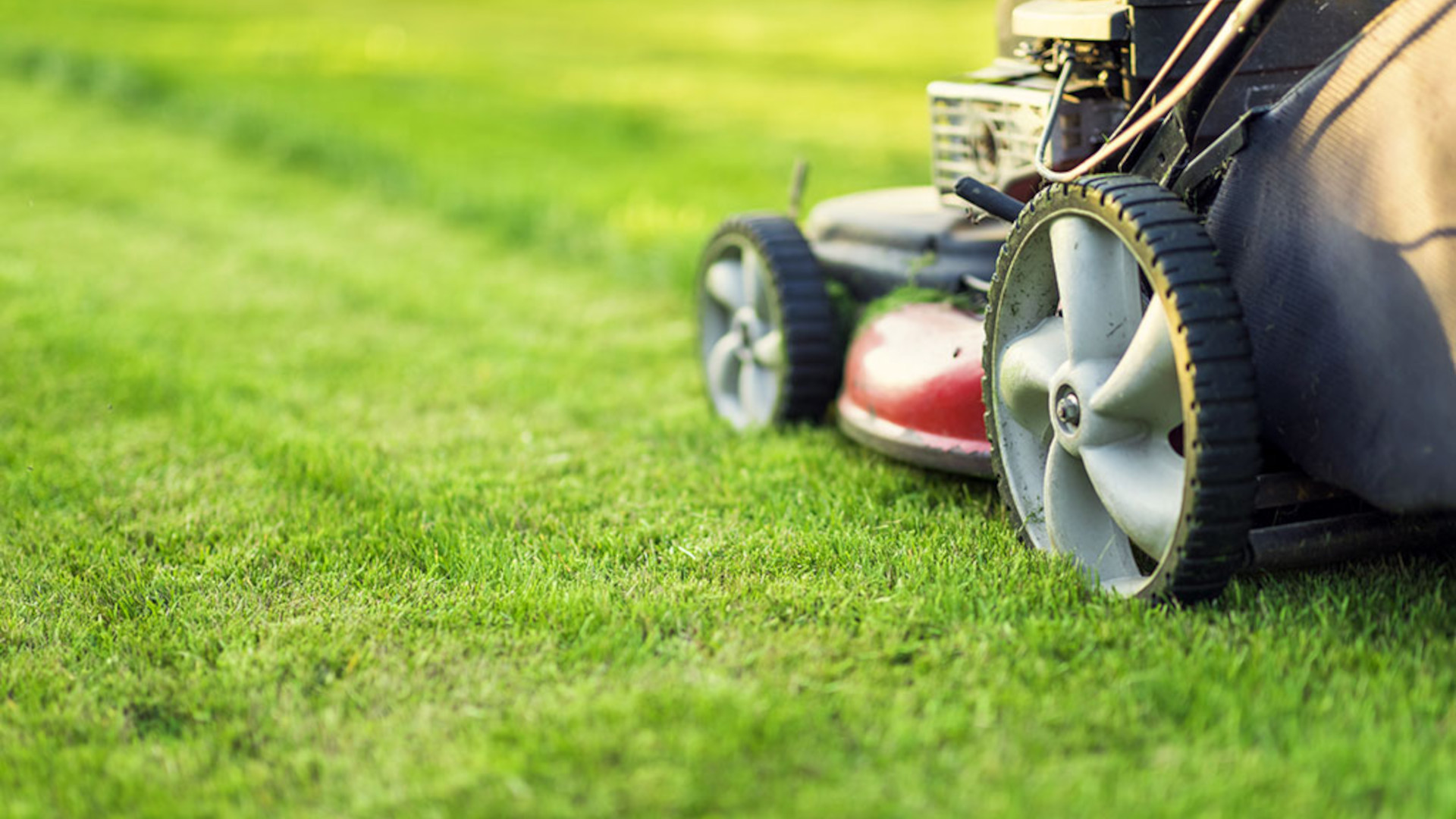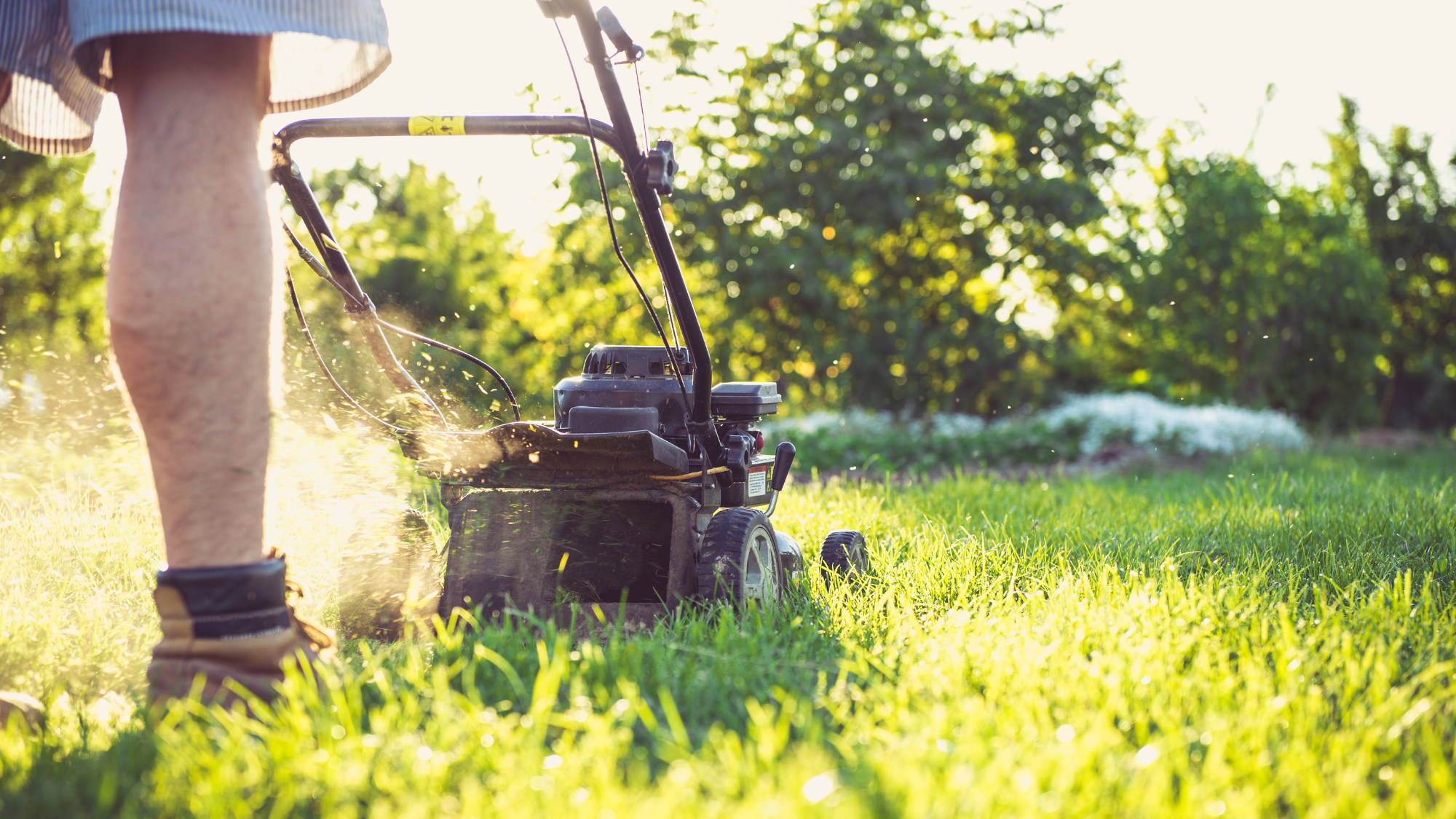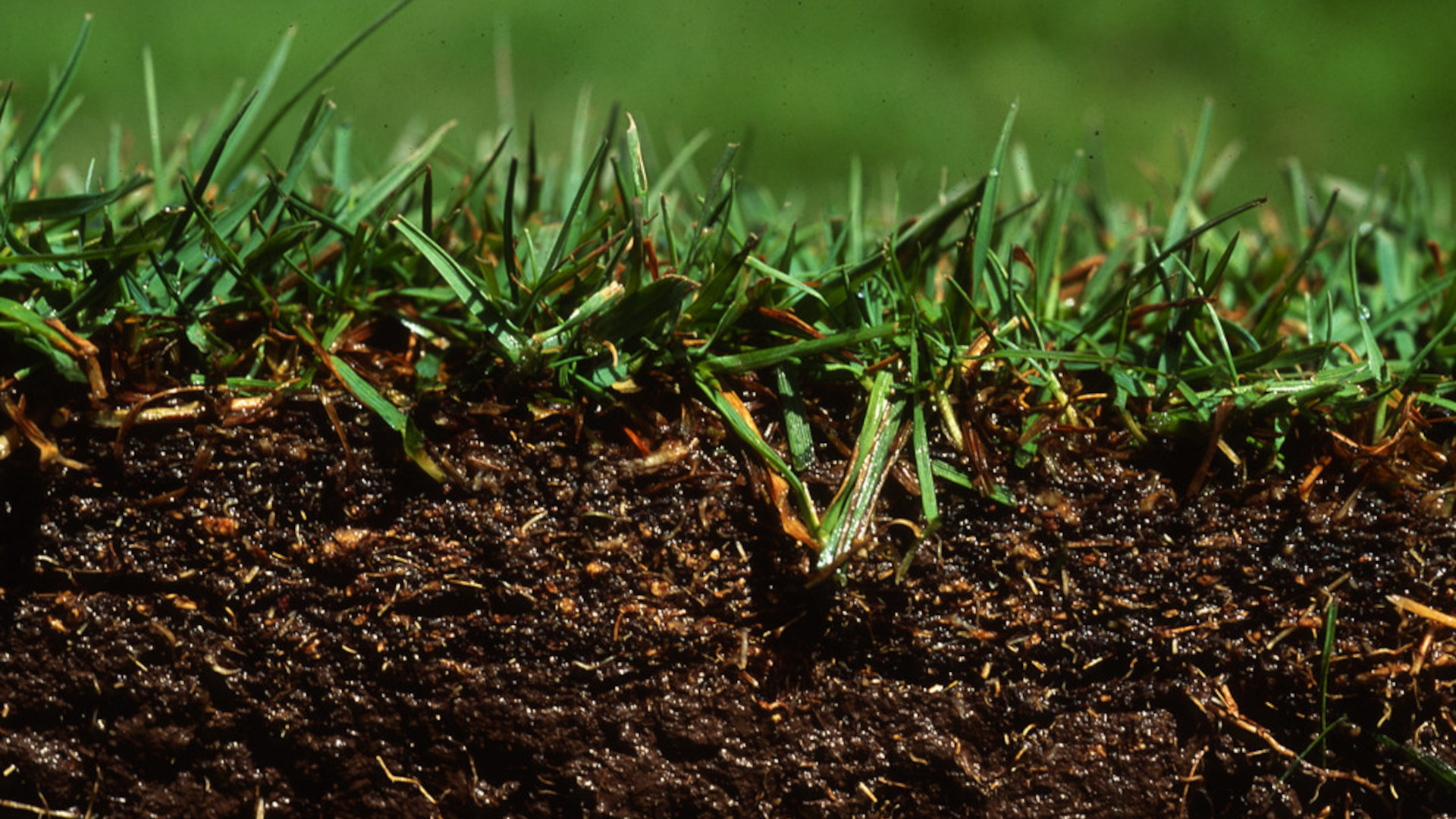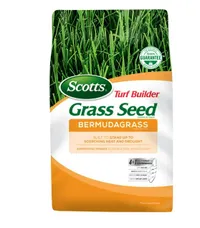When should I start mowing my lawn in spring? Experts explain
The first cut is key

It’s almost that time of year again. The weather is getting warmer, the flowers are blooming… and the grass is growing. Love it or hate it, it’s almost time to crank up the ole’ lawn mower again.
But when is the best time to start mowing? Does the time of year really make a difference in the health of my lawn? And can I just get a robot to do it for me? Luckily, we have the answers to all these questions and more.
It might sound strange, but the time of year when you start mowing the grass again can actually impact the health of your yard. Not only that, you might end up doing more work than you need to. Knowing when to start mowing your lawn in the spring can mean the difference between a healthy, lush yard and fighting to keep it alive. We also asked Kody Ketterling, a lawn and garden expert and founder and creator of landscaping company K-IT Products, to share some advice with us.
We’ve put together a guide on some tips and advice for how to know when it’s time to start mowing, and we’ve even talked to some experts who gave us the inside scoop. For more, head on over to our guide to the best electric lawn mowers.

Kody J. Ketterling has run his own landscaping maintenance business for more than a decade and is an expert in lawn care and maintenance, water conservation, gardening, water features and landscape design.
Preparing for the first mow
There are a few reasons why it’s important to wait for the right time to start cutting your grass.
Healthy grass
When it starts getting cold at the end of the year, the grass will go dormant, meaning new flowing buds won’t open, and the grass and root system will ‘hibernate,’ so to speak, to protect themselves from the cold. Even in warmer climates, it’s not recommended to mow your grass in the winter. This means that if you start mowing the grass before it’s woken up from the winter, you can risk damaging the grass and the roots, making it harder to bring it back to its former glory.
Kody says: “The reason to wait to start mowing is that when the grass is in its dormancy or sleep pattern, if you get on it and mow too soon, you will break the grass blades off, and it can cause damage to the root zone. You want to wait until temps are around 50°F before you start mowing as that is when the grass starts to wake up, but 55°F is optimal.”
Sign up to receive the latest news, reviews, buying guides and deals direct to your inbox
Healthy mower
Starting to mow the grass too early in the year could potentially damage your mower as well. When it’s cold and wet in the winter, the ground absorbs a lot of water. As it thaws, if you start mowing too early, the ground and the grass could still be holding water, which could get into the mower and cause rust or other damage.
Dull blades can also damage the grass as it cuts. Kody recommends: “Make sure your lawn mower blades are sharp and ready to go. You will get a clean and even cut on your grass, which will look beautiful when finished. If you mow with dull blades, you will not cut your grass but tear your grass. it shears the ends, and they will become yellow or brown, which then gives your lawn a brown tint and doesn't look very good.”

Healthy growth
Obviously, the grass grows faster in the spring and summer than during the colder months, but you’ll want to make sure the grass is tall enough before you begin cutting. The recommended amount to cut is about one third the height of the blades. So while you don’t necessarily need to break out a tape measure, you might want to wait until the grass is about 3” or higher for most grasses.
You can see the recommended cutting heights for the most common grass types in the chart below from TurfCare Supply. Kody tells us: “We suggest mowing in the spring no shorter than 2", preferably 2.5", and then when the soils get hot, raise your decks up to 3". This allows for the grass to hold moisture, and you will not use as much water.”
There are some other things to keep in mind when preparing to start mowing in the spring. For starters, it’s a good idea to pull out your mower and look it over before the first mow. Even if you have one of the best lawn mowers, you’ll still want to check the blades and the fluids and everything before cranking it up.
Pro tip: If you have one of the best gas lawn mowers, it’s generally recommended to drain the gas from the engine if you’re not going to be mowing for a while. During the winter months, especially if you live in a colder environment, leaving gas in the engine without using it for long periods of time can damage the engine in the long run.
Before starting to mow, it’s also a good idea to walk through the yard and check for any dead spots that didn’t make it through the winter. And if you’re planning to fertilize - which you should - you’ll need to give the grass ample time to absorb the nutrients before giving it a cut.

When to start mowing for different grass types
What type of grass you have can also impact when you should start to mow again. Every type of grass goes dormant during the colder months, but different grass types have different dormant periods. It’s helpful to know what type of grass you have so you can start to look for signs that it’s waking up.
Where you live plays an important role in determining when you start mowing as well. Those who live in warmer climates should plan to start mowing earlier in the year, towards the very end of February or early March, while those in colder areas probably should wait until closer to April.
The most common types of lawn grasses are categorized as warm-season or cool-season depending on which climates they fare better in. Common examples of cool-season grasses include Kentucky bluegrass, Fine fescue, Perennial ryegrass and Tall fescue.
Pennington Kentucky Bluegrass Northern Grass Seed Mix, 7lbs | $27.97 at Walmart
This premium blend of grass seed was especially formulated to provide dark green lawn grasses. This 7lb bag will cover up to 4,666 sq ft of lawn, and is best suited to partial shade or 6-8 hours of sun light.
The most ideal seed for planting late spring or early summer, with a minimum temperature of 65°F - 70°F, are the warm-season grasses. This grass type includes Bahia Grass, Bermuda Grass, St. Augustine Grass and Centipede Grass. These are also good choices for States in the hotter climates.
For warm-season lawns it's advised to stop mowing your lawn in October.
Scotts Turf Builder Grass Seed Bermudagrass, 5lbs | $57.77 at Walmart
Bermudgrass is ideal for lawns in the scorching Southern heat and drought, with each seed wrapped in a unique 4-in-1 WaterSmart PLUS Coating to keep seed moist 2X longer than uncoated seed. This 5 lb. bag has a coverage of 1,665 sq. ft. and an overseeding coverage of 5,000 sq. ft.
There are also some things you can do to prepare your lawn for the first cut of spring. Giving it a good rake helps to aerate the grass to help the roots get more oxygen and will help clear out any old dead grass that might be keeping sunlight from getting through.
The perfect first cut
When preparing your lawn for that glorious first cut of the season, there are some things you can do to help get the grass into tip-top shape and stay there. Kody advises that, as with humans, food and water are the most important things you can do for a healthy lawn.
“Grass does not get enough nutrients most of the time from the soil itself, so we need to compensate with nutrients. Making sure your yard is on a regular feeding schedule is a plus. We always suggest feeding your lawn 4-5 times a year throughout the season and then putting a slow-release fertilizer in the late fall and in the early spring to help as it goes to sleep and then wakes up in the spring. Your lawn takes on a lot of nutrients in the late fall and early spring before it really starts to grow,” says Kody.
And don't forget to read up on when you need to stop mowing your lawn before winter.
FAQs
Is it bad to mow too early in the spring?
Mowing too early risks exposing the soil to too much sunlight. The turf grass begins to grow and thicken as the weather warms, so cutting the grass before your lawn has a chance to protect itself from the sun can result in weeds growing and germinating too quickly.
Do you mow low or high at the start of spring?
While mowing short may seem appealing as spring comes round, as a way of removing the layers of winter debris that's accumulated on your lawn, it might not be the best idea. Similarly to mowing too early, mowing too low can leave your soil unprotected, exposing it to soil and resulting in more weed germination (and thus, more weeds in summer).
Should I bag or mulch my grass on the first mow?
If your lawn has developed a fungus, or has somehow become overgrown over the fall/winter period, then it might be best to bag your grass clippings. Otherwise, letting the grass clippings fall onto your lawn will provide nutrients and a healthy layer of protection from the coming sunlight.

Jason, an experienced freelance writer and tech reviewer, now explores reviewing pizza ovens and lawn mowers for Top Ten Reviews alongside his smartphone expertise. With a background in filmmaking and technology, he has contributed to major tech platforms and enjoys spending time with his family, tending to his garden, and woodworking.


